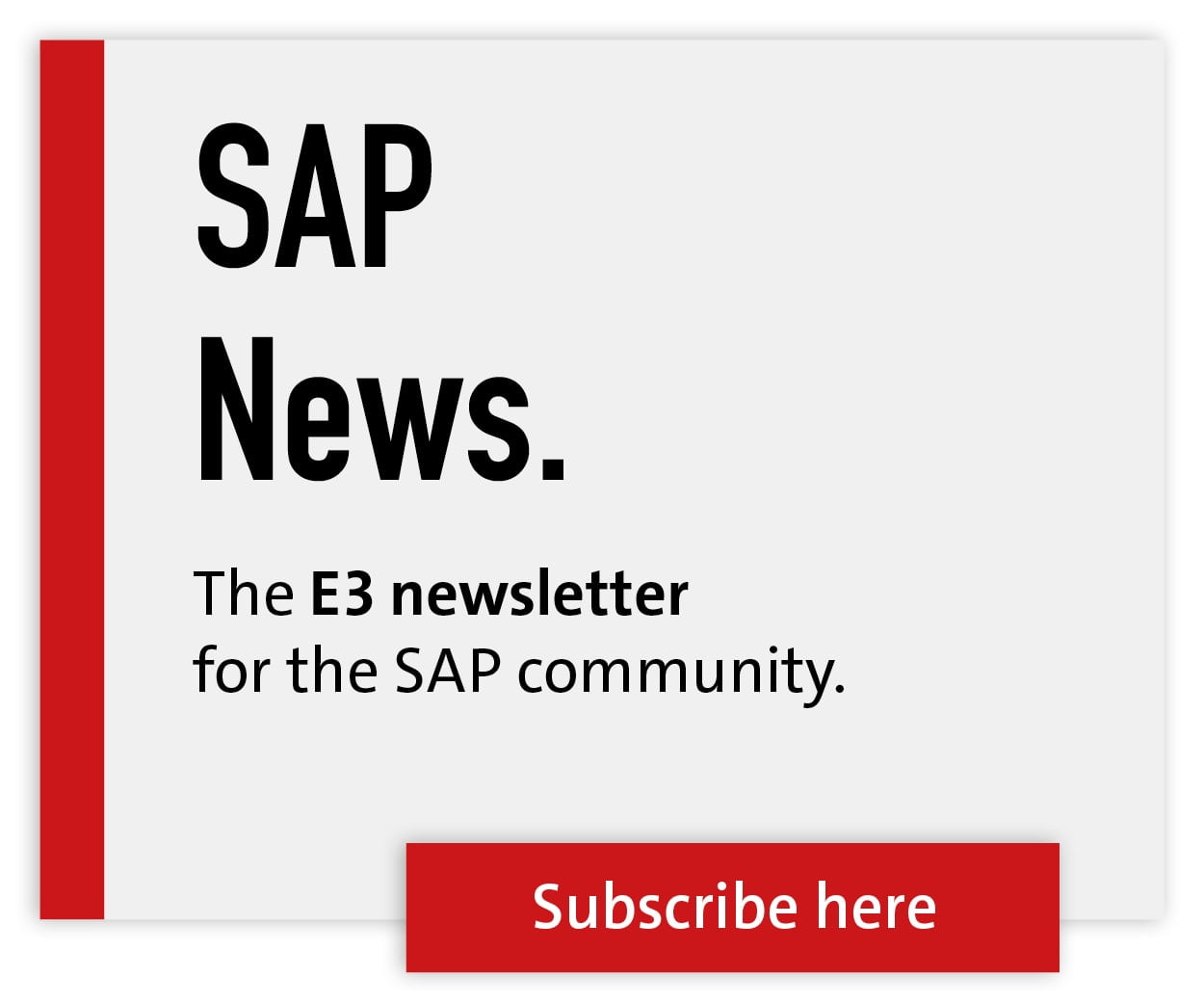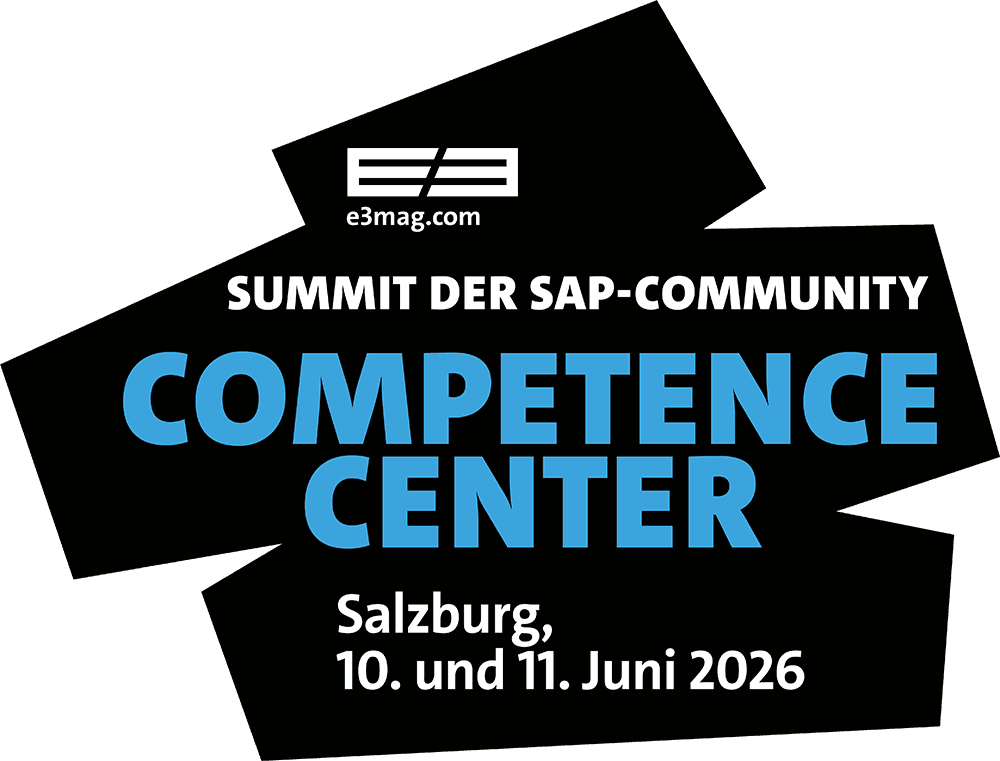

The open source triumph reaches the databases
E-3: How important has open source technology become in the B2B scene in recent years?
Ralph Völter, Instaclustr: Open source is an elementary component of the modern working world and thus also of the B2B sector. After all, open source is considered a central driver of modernization and innovation. Almost all technological developments in areas such as cloud, IoT, AI, big data or autonomous driving are based on open source technologies. In addition, open source solutions are increasingly replacing proprietary applications, as the example of databases shows. Last but not least, open source with its standardized, open interfaces is also an important basis for networking companies.

"Open source is an elementary component of the modern working world and therefore also of the B2B sector. After all, open source is a key driver of modernization and innovation."
Ralph Völter is Manager District Sales EMEA at Instaclustr
E-3: Apart from Linux, which is essential for the SAP database Hana - where do you observe the use of open source in the SAP community?
Völter: In principle, SAP has also been relying increasingly on open source for some time, not only with Linux in Hana, but also with Kubernetes in the Gardener and Kyma projects, for example, or more recently with the SAP Cloud Application Programming Model. In addition, it should not be forgotten that the SAP world is increasingly opening up, which means that SAP systems are being connected to non-SAP applications. And in this non-SAP area, open source solutions and technologies are increasingly dominating.
E-3: What does your SaaS platform offer in detail?
Völter: In an era of increasing data volumes, companies need a high-performance data infrastructure. In terms of flexibility and scalability, as well as for cost reasons, open source solutions are gaining importance here. Our SaaS platform comprises a complete ecosystem for data infrastructures with a variety of open source technologies for data storage, streaming, analysis, search and orchestration. These include PostgreSQL, Apache Cassandra, Redis, Apache Kafka, OpenSearch or Cadence, among others. Companies can host the SaaS platform in their own on-premises environment or use it in a cloud operating model with leading providers such as Amazon Web Services, Microsoft Azure, Google or IBM.
E-3: Against the backdrop of open source technology and SaaS: Where will the B2B scene go from here? Best-of-Breed or Integrated, Holistic Systems?
Völter: Both variants have their justification and will continue to be used depending on the specific requirements of a company. However, our solution offering can serve here as an example of how both approaches can be combined. On the one hand, users have maximum freedom in their choice of technology; the platform provides various open source technologies. On the other hand, however, users receive a fully integrated managed platform so that they can deploy these data-centric, highly available and scalable technologies in an interoperable manner. In this way, companies can precisely cover different use cases and industry-specific requirements in a best-of-breed model with an integrated overall solution.
E-3: Finally, can you give a CEO or CFO three arguments for open source technology in 2023?
Völter: First, proprietary software sometimes incurs very high costs in the form of license and usage fees. Open source software is a significantly cheaper alternative here. Second, the dreaded vendor lock-in is eliminated when using open-source tools and applications. Third, the open source user benefits from a large and strong community that often implements innovative ideas in the form of new features very quickly. The same applies to bugs in the software, which the community usually fixes immediately.
E-3: Thank you for the interview.





